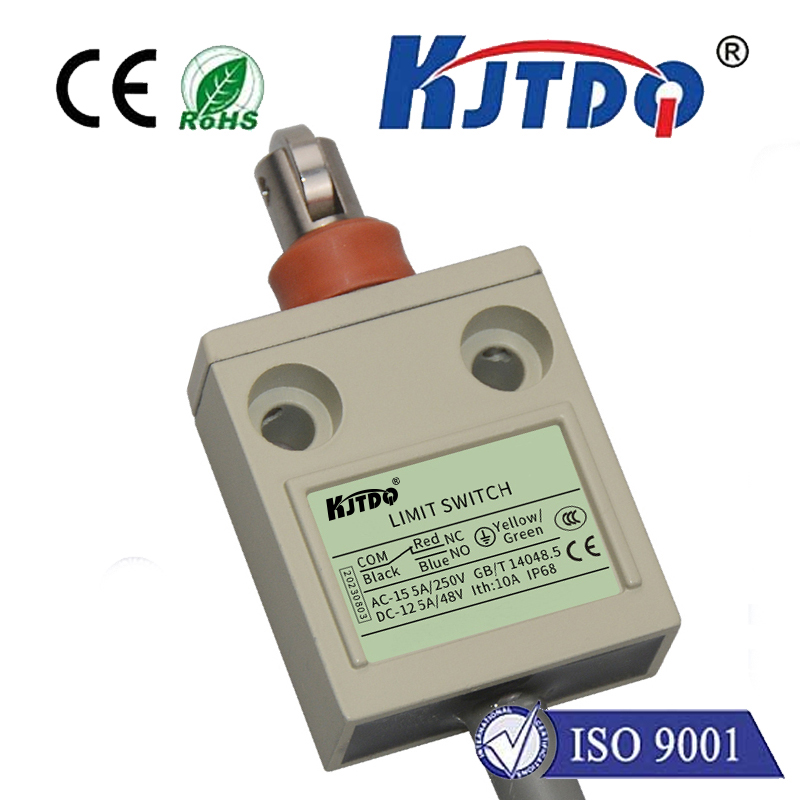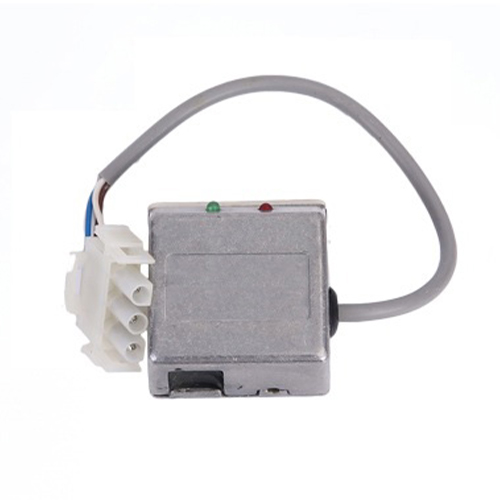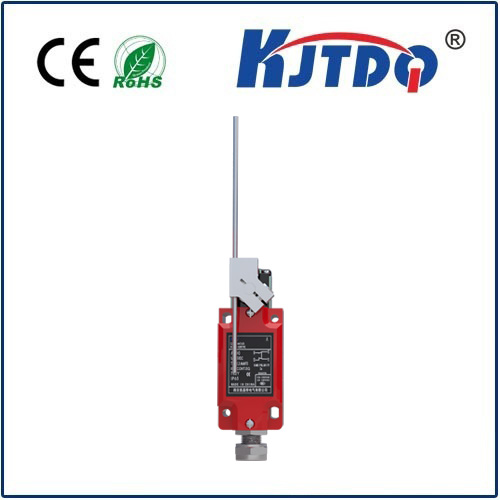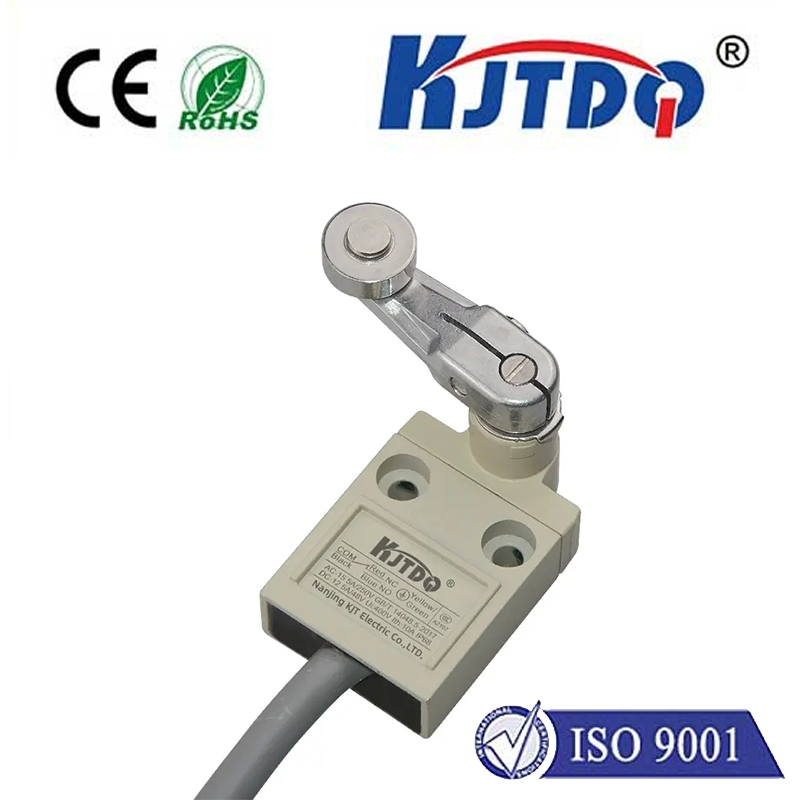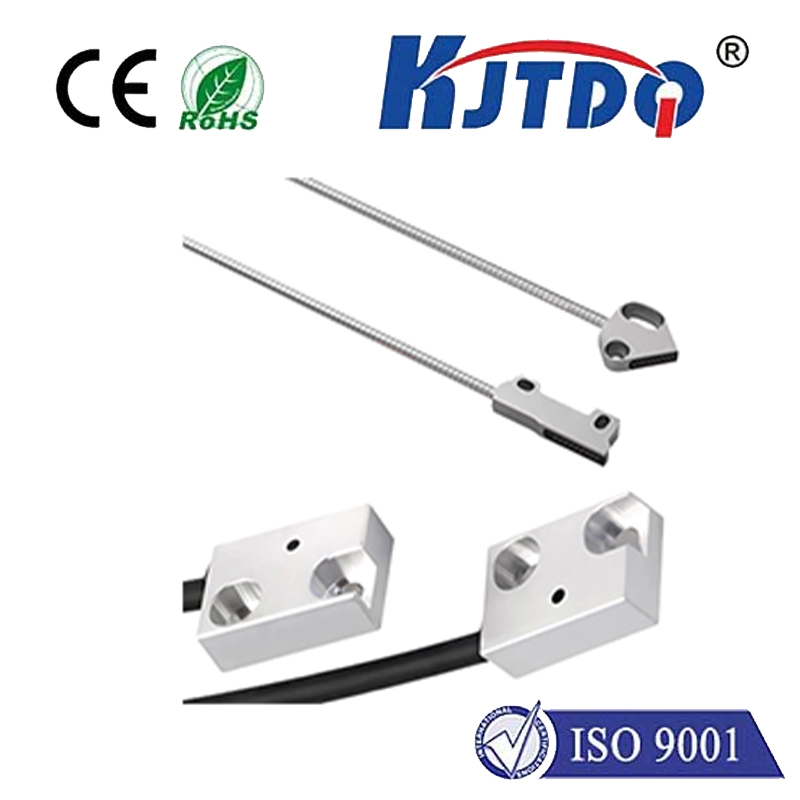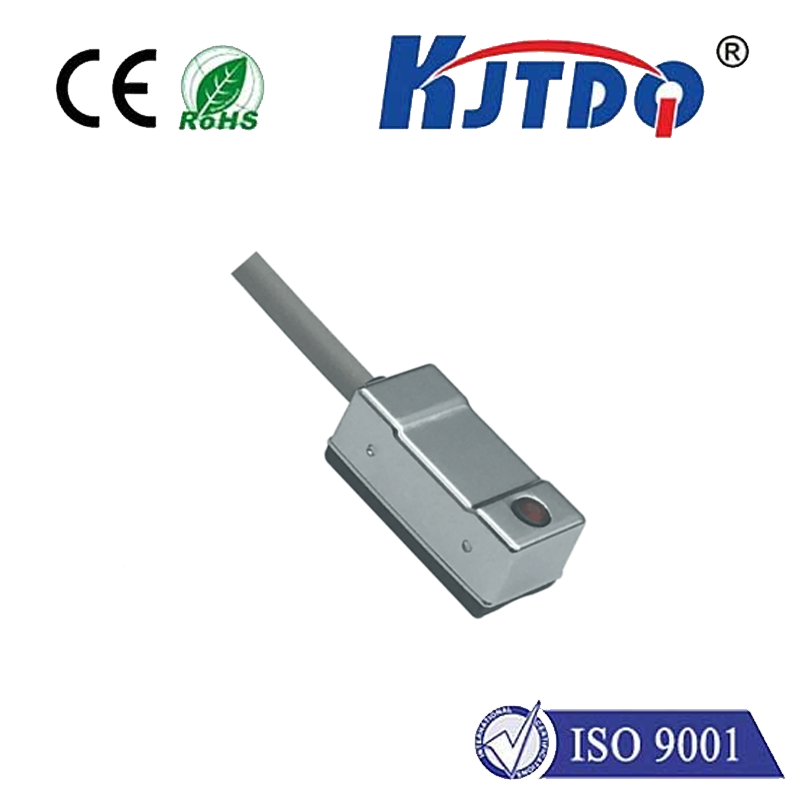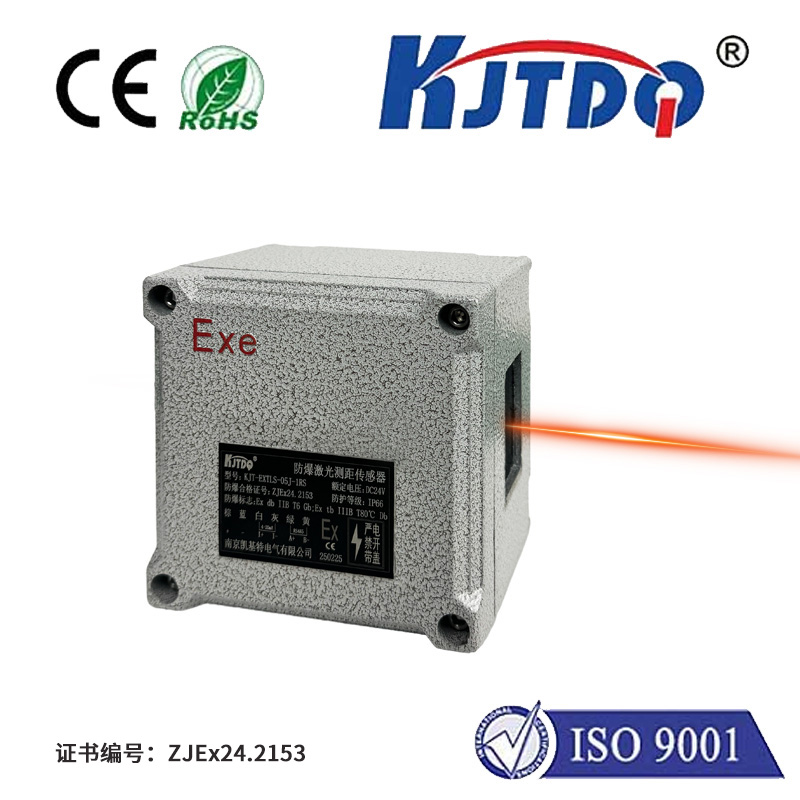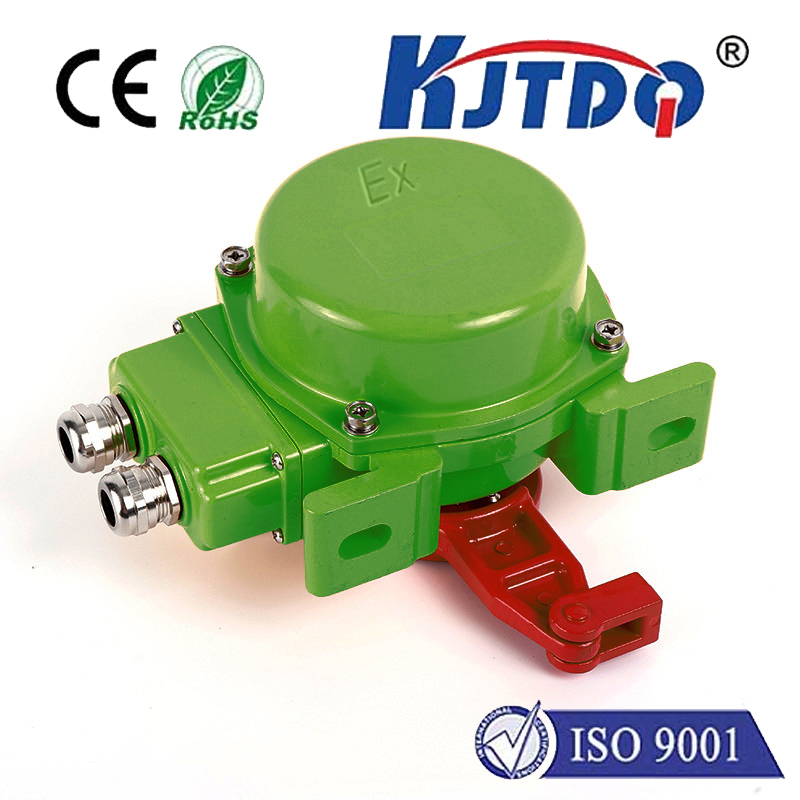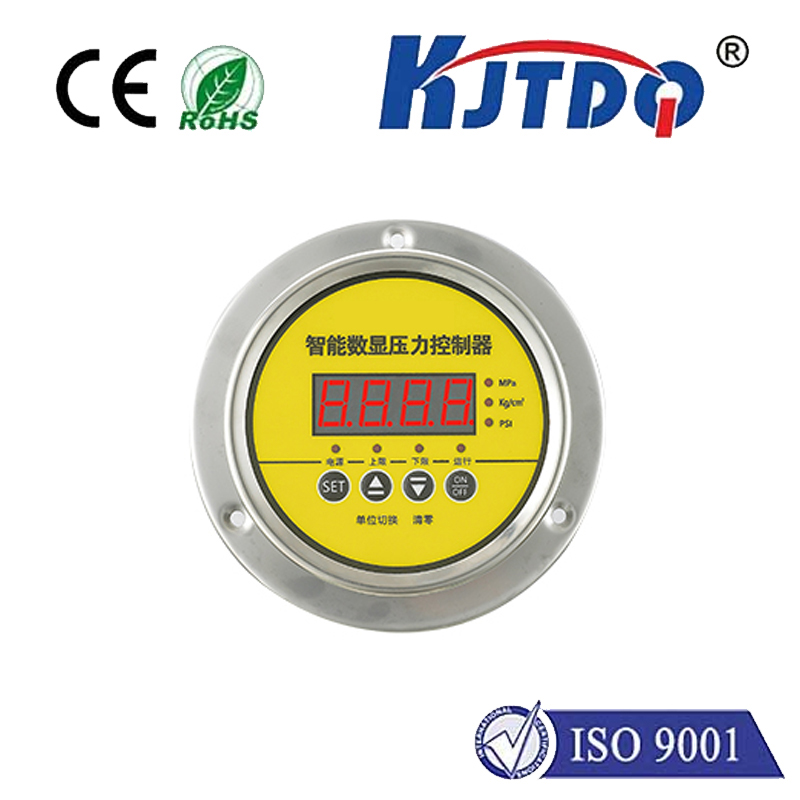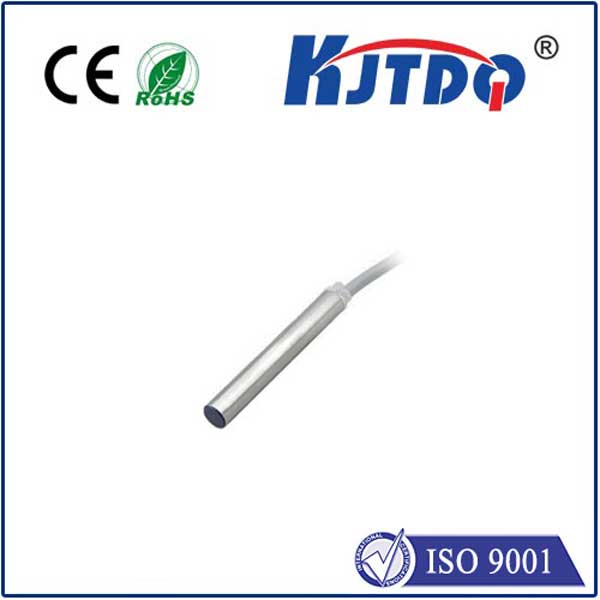Imagine monitoring critical machinery deep within a hydroelectric dam, inside the intense pressure of hydraulic test rigs, or on subsea equipment miles beneath the ocean surface. These arenas demand sensors that don’t just sense proximity but defy crushing environmental forces. Here, standard proximity sensors falter, but specialized solutions like the BES017A High Pressure Proximity Sensor rise to the challenge, enabling reliable operation where others simply cannot survive. This sensor represents a critical junction of precision sensing and engineered resilience.
Industrial environments frequently subject equipment to punishing conditions. High pressure, whether static or dynamic pulsating forces, poses a significant threat to the integrity and functionality of standard sensors. Seals can fail, housings can deform, and internal electronics can be compromised, leading to inaccurate readings, catastrophic failure, costly downtime, and even safety hazards. The need for a sensor explicitly engineered to withstand these extremes is not merely desirable – it’s often an absolute operational necessity.
So, what makes the BES017A uniquely suited for these high-pressure frontiers? At its core, it functions as an inductive proximity sensor, detecting the presence or absence of metallic targets without physical contact. It generates an electromagnetic field; when a metallic object enters this field, it induces eddy currents within the target. The sensor detects this change in the field’s characteristics, triggering its switching output – a fundamental principle known for its robustness and wear-free operation.

However, the BES017A High Pressure Proximity Sensor transcends the basic inductive design through critical engineering enhancements tailored for pressure resilience:
The real-world impact of deploying the BES017A High Pressure Proximity Sensor is substantial. Applications abound across demanding sectors:
The tangible benefits translate directly to operational efficiency and safety:
Selecting the right BES017A High Pressure Proximity Sensor requires careful consideration of specific application parameters. Key factors include the maximum operating pressure (static and dynamic peaks), the required sensing range, the target material, the electrical output type (NPN/PNP, NO/NC), the environmental temperature range, necessary ingress protection (IP rating) beyond pressure resistance (e.g., for water or chemical exposure), and relevant industry certifications (ATEX, IECEx for hazardous areas, marine approvals if needed). Consulting detailed manufacturer specifications is essential for optimal performance and safety.
In the relentless realm of high-pressure industrial applications, standard sensing solutions introduce unacceptable risk. The BES017A High Pressure Proximity Sensor stands as a testament to engineered resilience, offering the unwavering reliability demanded by environments where pressure isn’t just a condition – it’s the defining challenge. It provides the critical eyes where human observation is impossible, ensuring safety, enhancing process efficiency, and protecting valuable assets by mastering the extremes. Its specialized construction delivers the pressure-resistant performance essential for pushing the boundaries of industrial automation and control in the most demanding settings.
